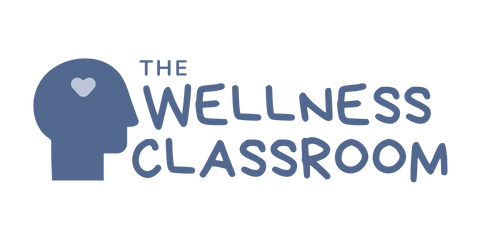
Why is it so hard to have consistent, scalable mental health programming at schools?
Unsystematized support systems of mental health and wellbeing in NYC schools make coordination and operational challenges the focal points.
We work hard at aligning the adults in the room.
Oftentimes, this takes away energy and effort from asking what really matters - are the children better?
We need a better system to better match schools' needs with the right providers
In the New York City schools, organizational value propositions often focus on addressing existing gaps, rather than proactively creating new forms of value within the system. There are several valid reasons for this mindset— including resource constraints, staff workloads, burnout, etc. Ultimately, this shapes how innovation unfolds. The schools that work hard to connect their needs with external mental health service providers (mostly nonprofits, funded through philanthropy) are doing so solely through connections or if the provider approaches them. There is no centralized system that effectively matches schools' needs with appropriate service providers.
In partnership with The Jed Foundation, The Wellness Classroom is developing a framework and set of tools to make this happen.
Coordinating and setting up mental health programs is not as easy as it seems..
The real success factor lies in aligning school culture with program goals, ensuring that the focus remains on creating meaningful, lasting impact for students.
However, programs often spend too much time on coordinating adults rather than evaluating how students benefit. And schools that are looking to implement mental health programs have to take many steps to make this happen, amidst existing pressure and resource constraints.
There is a lot of replication and duplication of efforts that can be solved at the systems level.
For example, schools take several steps to implement mental health programs.
Understand what needs they have,
Figure out who to ask to fill those needs,
Evaluate if the program can operationally and feasibly fill those needs,
Determine what questions to ask to see if the program is working in their school environment,
Consider if the program is actually helping their students.
Sometimes, the burden of this process also falls on programs that are approaching schools that are not ready or prepared to even start thinking about implementing programs in the first place.
Many mental health programs don’t allocate enough time at the start to fully adapt to the school environment, and they often lack a clear strategy for handing off responsibility at the end. This may be due to funding pressure, or what we consider as a start and end to a typical “mental health program.”
We all need to widen program timelines for better planning, integration, and continuity, *funders please take note.
Let’s take away the stress of making things work and shift our focus to making things better.
The more we can invest in planning and smarter program design at the outset, the smoother programming goes during the academic year. This opens up the time and bandwidth of teachers, school administrators, and program providers to really look above operational management and consider students’ experience and mental health.


